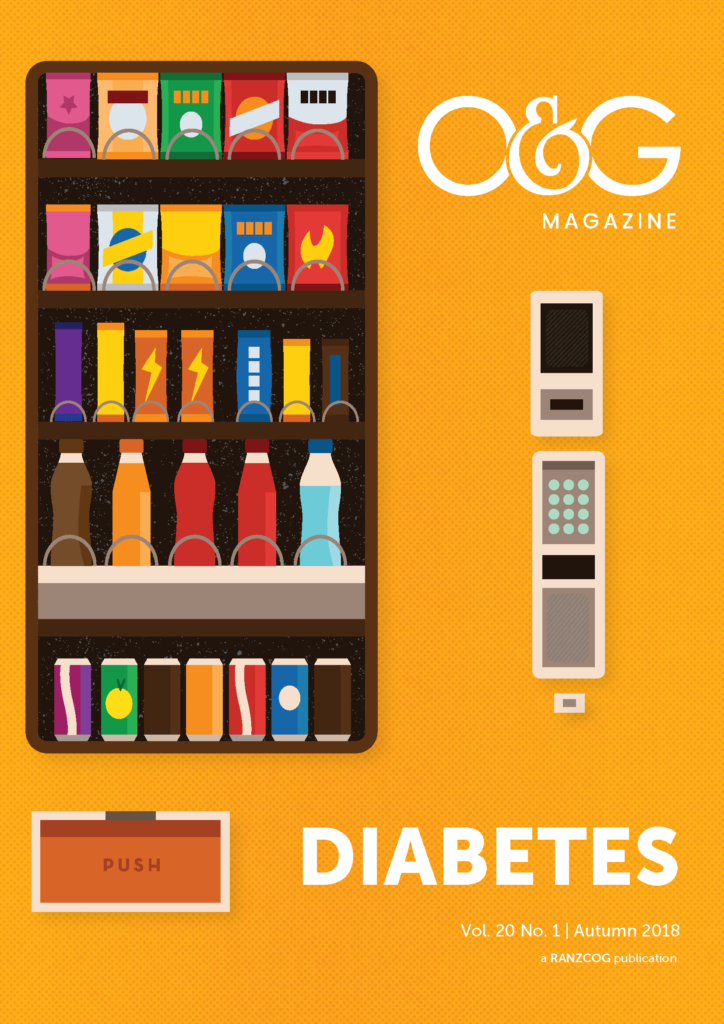College
College Statements update: November 2017
This article is 7 years old and may no longer reflect current clinical practice.
Revised College Statements
The following revised statements were approved by RANZCOG Council and Board in November 2017:
- Home births (C-Obs 2)
Revisions include:
– A patient summary
– Removal of RANZCOG position that planned homebirth should not be offered as a model of care as it is associated with an unacceptably high rate of adverse outcomes
– Section 3 ‘Perinatal and maternal outcomes’ has been removed and replaced with Appendix A: Homebirth research looking specifically at perinatal and maternal outcomes, the limitation of high-quality evidence and how it informs practice in Australia and New Zealand
– The recommendations are based on ‘in the event that a woman chooses a planned homebirth’ a number of practices/arrangements/criteria are put in place:
• Highlighting relevant guidelines and policies
• Skill levels of practitioners
• Access to services
• Back up and emergency transfer arrangements
• Multidisciplinary collaboration
- Pre-pregnancy counselling (C-Obs 3a) Revisions include:
– Updated references and strengthening of evidence
- Diagnosis of gestational diabetes mellitus (C-Obs 7)
Revisions include:
– Updated references and aligned with ADIPS Consensus Guidelines
- Warm water immersion during labour and birth (C-Obs 24)
Revisions include:
– A patient summary
– Updated references and aligned with national guidelines
– New summary of recommendations
– Supporting clinicians where waterbirth is outside their scope of practice
- Provision of routine intrapartum care in the absence of pregnancy complications (C-Obs 31)
Revisions include:
– A patient summary
– New recommendations regarding the prevention of perineal tears
– New recommendations regarding delayed cord clamping
– New paragraph regarding the value of debriefing following labour and birth
- Term prelabour rupture of membranes (Term PROM) (C-Obs 36)
Revisions include:
– Updated references and strengthening of evidence
- Management of monochorionic twins (C-Obs 42)
Revisions include:
– Updated references and strengthening of evidence
- Use of the Veress needle (C-Gyn 7) Revisions include:
– Updated references and strengthening of guidance regarding insufflation
- Polypropylene vaginal mesh implants for vaginal prolapse (C-Gyn 20)
Revisions include:
– Guidance on the regulatory action by the Therapeutic Goods Administration (TGA) that came into effect on 4 January 2018
- Position statement on midurethral slings (C-Gyn 32)
Revisions include:
– Guidance on the regulatory action by the TGA that came into effect on 4 January 2018
- Tissue extraction at minimally invasive procedures (C-Gyn 33)
Revisions include:
– Updated references and strengthening of evidence
- Surrogacy in Australia and New Zealand (C-Gen 16)
Revisions include:
– Addition of regulatory and legislative requirements
- RANZCOG training registrar supervision guideline (C-Trg 5)
Replaces previous guideline ‘Supervision of trainees in the birthing unit (C-Trg 5)’
Revisions include:
– Additions incorporated:
• Consultant attendance
• Clinical handover
• Workplace difficulties
A full list of College Statements can be viewed at: www.ranzcog.edu.au/Statements-Guidelines.
RANZCOG Patient Information
There are 30 RANZCOG Patient Information Pamphlets, including the new Pregnancy and Childbirth pack of 18 pamphlets, now available. All of these products can be viewed and ordered at: https://printstore.ranzcog.edu.au/. College members can order using their existing RANZCOG member number and registered email address.
The following titles were approved for publication and are now available:
- Cervical screening in Australia
- Pre-eclampsia and high blood pressure during pregnancy
- Why your weight matters





Leave a Reply